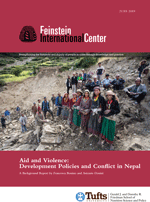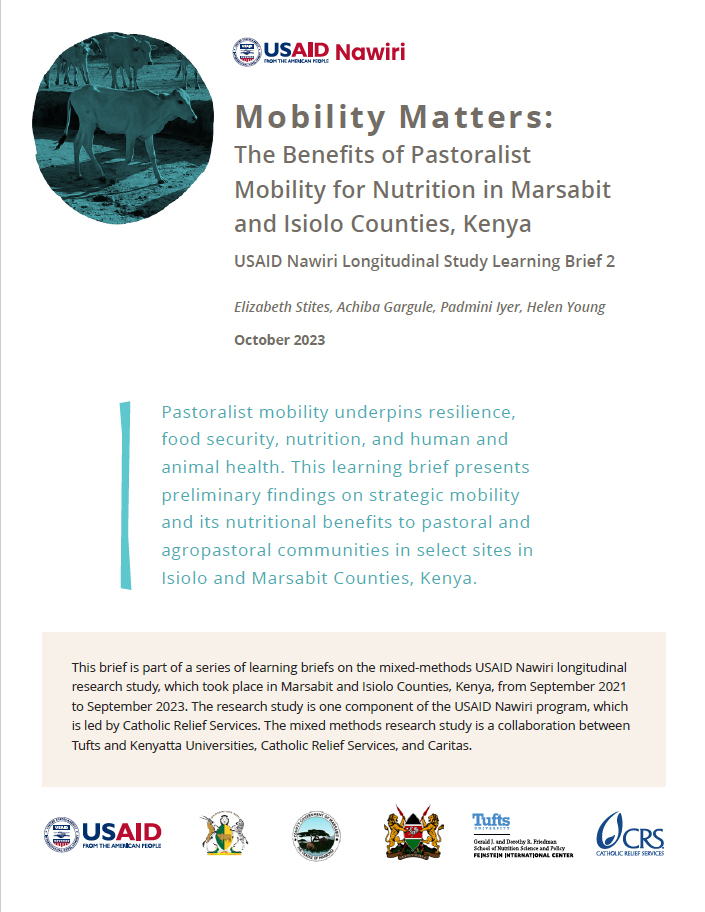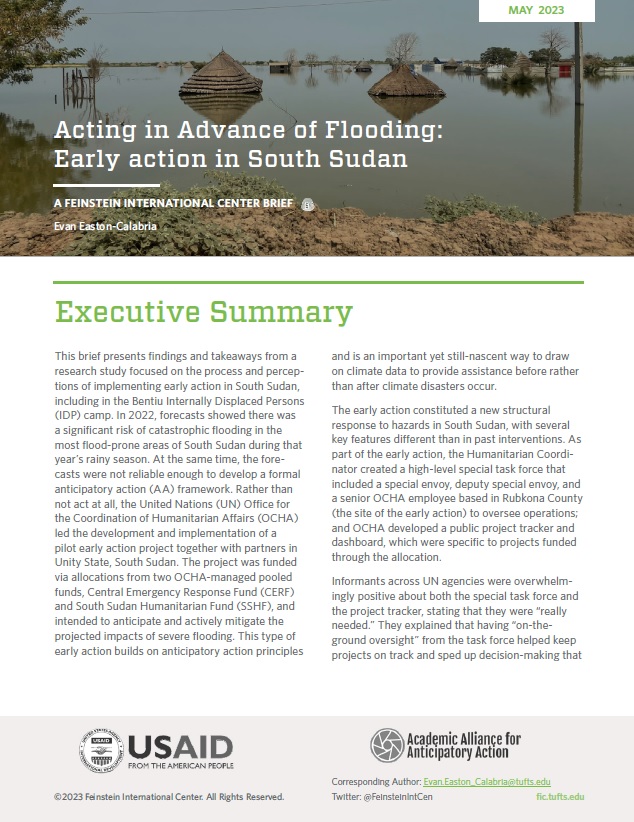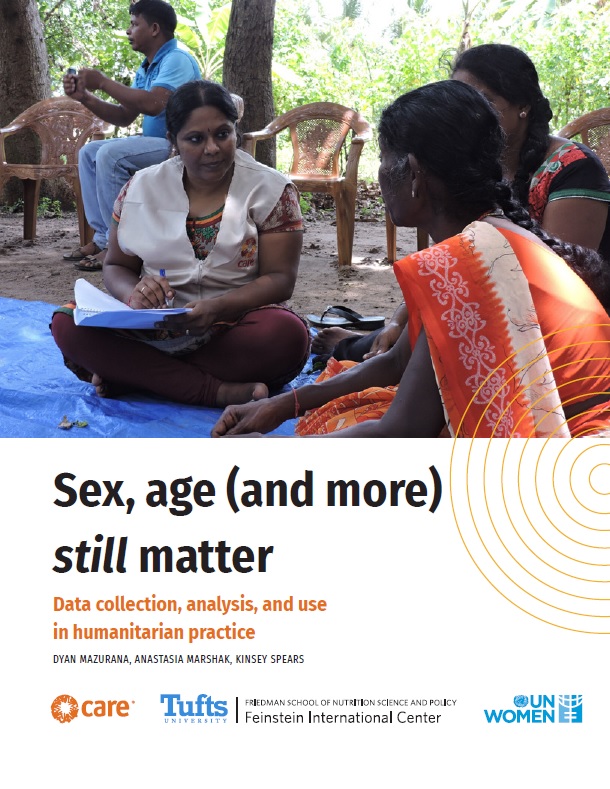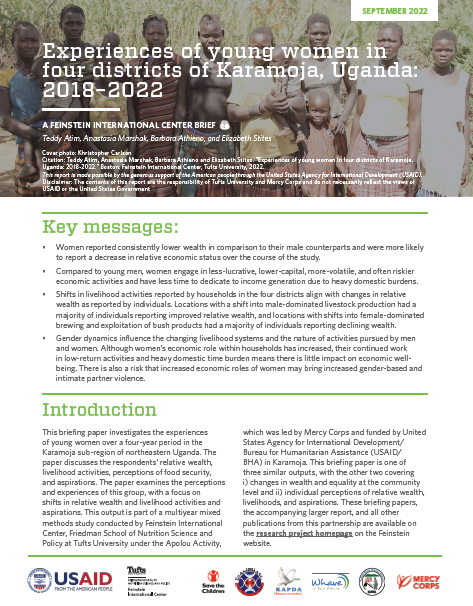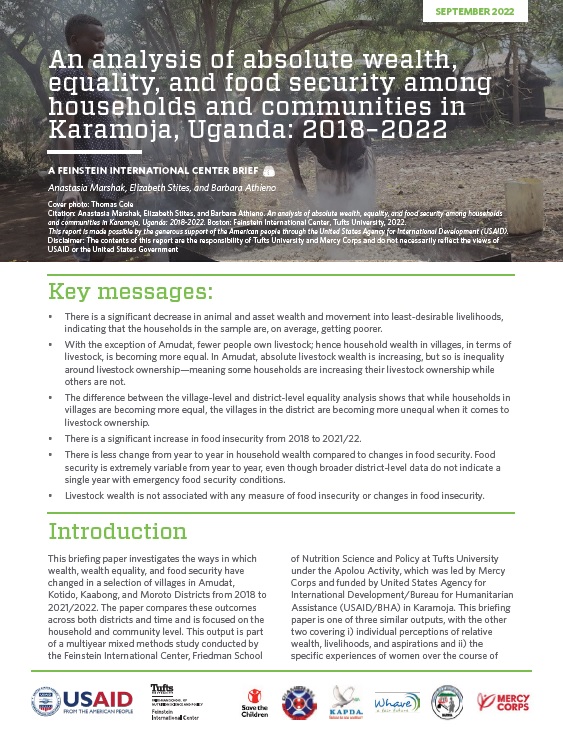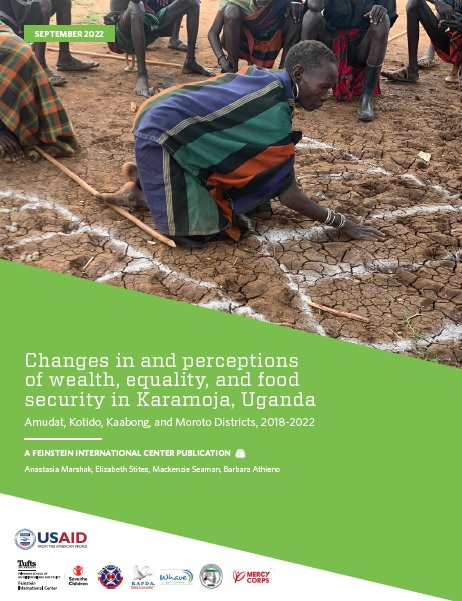The Communist Party of Nepal (Maoist) launched its “People’s War” in 1996. The Maoists’ rise to power was impressive by any standard. After a successful showing at the polls for the Constituent Assembly in April 2008, they became the strongest organized political force in the country. At the same time, foreign aid has been a fixture of Nepal’s development efforts since the 1950s: the donor community has been the key partner in Nepal’s development successes and failures. How did these two realities—the insurgency and foreign aid—interact?
The report explores this question through a retrospective analysis of the development/conflict nexus in Nepal. It looks at the underlying causes of the Maoist success story, in relation to the conditions of structural underdevelopment and violence, and at donors’ policies and activities in Nepal and at their interplay with the conflict environment. The report focuses on the last decade (1996-2008), the period of the Maoist insurgency and of the subsequent largely successful peace process. It looks at the way in which aid actors in Nepal framed their understanding of the Maoist insurgency and at how they adapted their responses. It shows that, because the aid community was Kathmandu-centric, it did not fully grasp the nature of caste, class and ethnic discrimination in rural Nepal nor that “development” was not benefiting the most disadvantaged groups. Development failure can thus be construed as a contributing factor to the insurgency.
This report is based on analysis of published and grey literature and on extensive interviews with aid workers, development agency representatives, and civil society actors in Kathmandu. Some one hundred interviews were conducted by the authors. This project arose from earlier Tufts/FIC field-based research on local perceptions of the work of aid agencies in Nepal during which the conflict/development failure angle emerged as a recurring theme. It is part of a wider ongoing research program in Nepal that tackles social transformation, gender and migration issues in a post-conflict environment.

